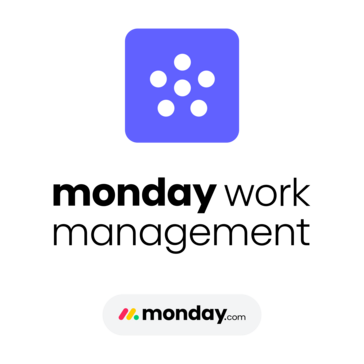Make is a perfect application for entering the world of automation when small and medium-sized businesses have a clear understanding of their most critical processes. You don’t need to have an advanced level of digitalization to start, Make is accessible even for companies taking their first steps into automation.
Its scenario-based platform is intuitive, dynamic, and user-friendly. From simple workflows, like integrating a CRM with an ERP, triggering inventory alerts, or automating marketing notifications, to more complex processes, Make allows companies to gradually scale their automation efforts with confidence.
Businesses should seek experienced partners with the right technical skills to help them design efficient workflows and achieve their objectives. In many cases, Make shouldn’t be the only automation tool in place. It works best as a complement to a broader, integrated solution, connecting systems and filling gaps where other enterprise platforms may be too rigid or too expensive.
While Make is excellent for getting started, it does have its limitations. The more affordable plans don’t offer advanced security features, which can become a concern as operations grow. The Enterprise version does include robust security, but its higher cost and some scalability challenges, like limits on active scenarios and sequential rather than fully parallel processing, make it less appealing for very large organizations. Additionally, Make does not provide advanced RPA (Robotic Process Automation) capabilities, which means that for highly complex, enterprise-level automations requiring bots and deep system integration, companies may need to complement Make with other specialized tools.
In today’s market, Make occupies a unique position. It’s more flexible and visual than Zapier, while being more affordable and accessible than enterprise-level platforms like Nintex or UiPath. However, it doesn’t compete at the same level when it comes to robust, corporate-scale automation.
In conclusion, Make is an excellent platform for personal automation and small to medium-sized businesses. It’s ideal for those who want to start automating quickly and affordably, but for larger enterprises, the balance between its cost and feature set may not fully justify the investment. Avis collecté par et hébergé sur G2.com.
At the partner level, revenue opportunities primarily come from designing automation scenarios, managing production, or delivering integrated solutions where Make plays a key role in handling complex automations.
However, the SLA and security standards of Make do not make it an ideal platform when medium-sized companies begin to grow. Even with the Enterprise plan, where security is more robust, it lags behind other platforms that are better suited for large organizations.
The excessive use of Make and similar tools in large companies often leads to a phenomenon known as sprawl. Diving too deeply into automation without a solid foundation of digitalization and process standardization results in constant tuning of scenarios and a gradual loss of control over automations.
This makes Make a very challenging option for large enterprises, as complexity and lack of centralized governance can quickly outweigh the initial benefits of automation. Avis collecté par et hébergé sur G2.com.
L'évaluateur a téléchargé une capture d'écran ou a soumis l'évaluation dans l'application pour les vérifier en tant qu'utilisateur actuel.
Validé via LinkedIn
Avis organique. Cet avis a été rédigé entièrement sans invitation ni incitation de la part de G2, d'un vendeur ou d'un affilié.
Cet avis a été traduit de English à l'aide de l'IA.














































